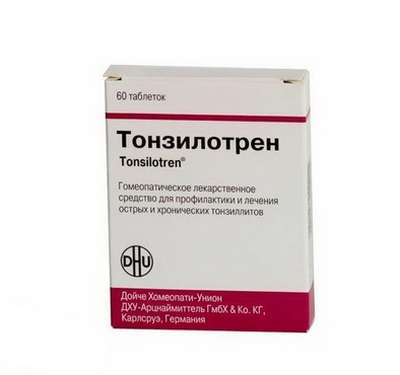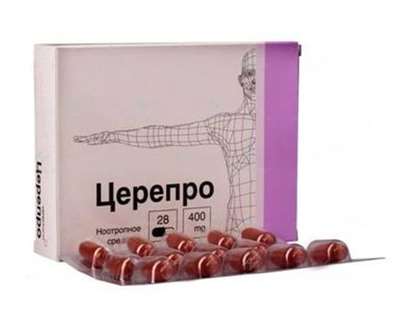Functions and action of growth hormone
23 Oct 2017
Growth hormone, or somatotropin is the peptide hormone of the anterior pituitary gland, which plays a major role in metabolic processes, and also contributes to the increase in muscle mass and the reduction of body fat. In sports pharmacology, this substance, obtained by genetic engineering, is used as a tool for the formation of muscle relief. This article describes the direct and additional positive effects of growth hormone on the body.
What does Growth Hormone do?
The production of somatotropin is controlled by the hypothalamus, which is the coordinator of the work of almost the whole organism. Possessing an anabolic action, this biologically active substance enhances the processes of protein synthesis, due to which it got its name.
Functions of the Growth Hormone are closely interrelated with the activity of the corresponding target glands: the thyroid, adrenal and gonads. This biologically active component has 4 main types of action:
- Metabolic (build-up of protein mass, saving of carbohydrates, stimulation of lipolysis, increased synthesis of collagen and chondroitin-sulfate);
- Structurally (creating the optimal level of amino acids, fats, carbohydrates and minerals to build a substrate of actively growing tissues);
- Kinetic (increased synthesis of somatomedin - insulin-like growth factor, stimulating cell proliferation);
- Corrective (Growth Hormone affects the stagnant brain, fibroblasts, lymphocytes, fat cells and smooth muscle fibers).
Natural somatotropin and its genetically modified variant contribute to changing the membrane potential, stimulate the synthesis of specific proteins and intracellular calcium metabolism, accelerate enzymatic reactions. It is GH that causes an increase in the number and size of muscle and liver cells, has a beneficial effect on the secretory functions of the gonads, increases the level of insulin-like factors (IGF I and IGF II), enhances the breakdown of fats, and also stimulates the replication of DNA and RNA in individual tissues.
However, the most important functions of the Growth Hormone are anabolic (enhancing the processes of protein synthesis), thanks to which this biologically active component has its name.

 Cart
Cart





